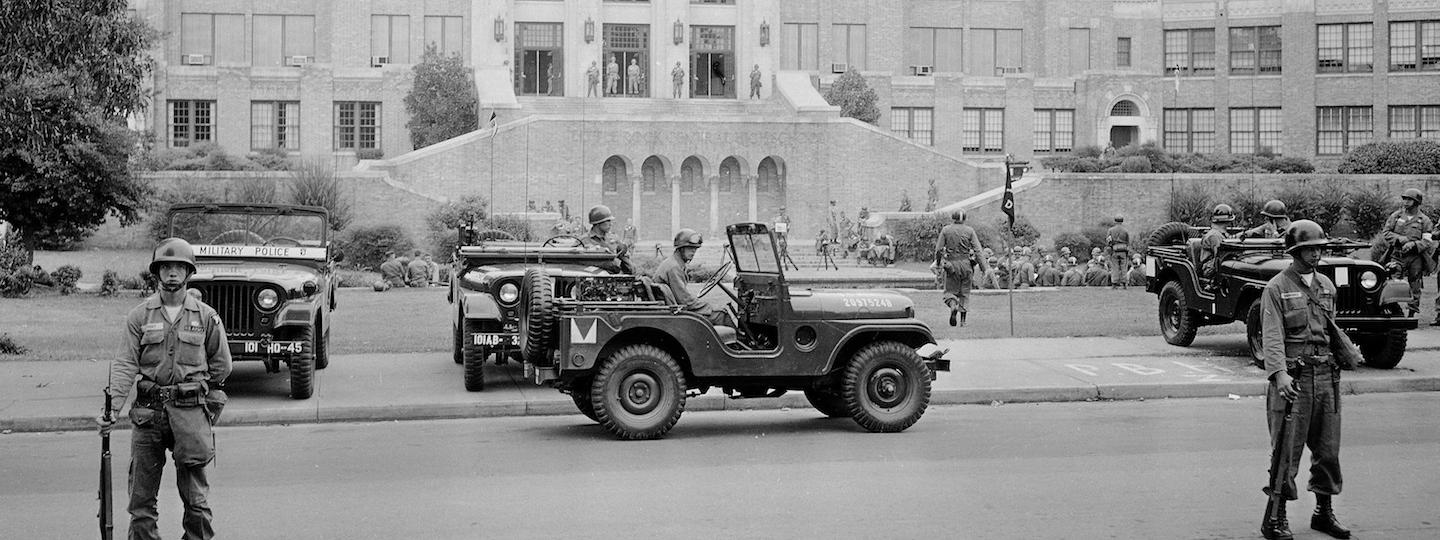As we anticipate who will win the Pulitzer Prize in 2018 in the prestigious Public Service category, I thought it would be fun — inspired by the work of Pulitzer expert Roy Harris — to take a look over the Pulitzer century to re-examine the winning news organizations, along with the wrongs they brought to light. The descriptions come from the Pulitzer archives and list winners decade by decade:
1918: New York Times for its public service in publishing in full so many official reports, documents and speeches by European statesmen relating to the progress and conduct of the war.
1928: Indianapolis Times for its work in exposing political corruption to Indiana, prosecuting the guilty and bringing about a more wholesome state of affairs in civil government.
1938: Bismark (N.D.) Tribune for its news reports and editorials entitled, “Self Help in the Dust Bowl.”
1948: St. Louis Post-Dispatch for coverage of the Centralia, Illinois, mine disaster and the follow-up which resulted in impressive reforms in mine safety laws and regulations.
1958: Arkansas Gazette of Little Rock, Arkansas, for demonstrating the highest qualities of civic leadership, journalistic responsibility and moral courage in the face of great public tension during the school integration crisis of 1957. The newspaper’s fearless and completely objective news coverage, plus its reasoned and moderate policy, did much to restore calmness and order to an overwrought community, reflecting great credit on its editors and its management.
1968: The Riverside (Calif.) Press-Enterprise for its expose of corruption in the courts in connection with the handling of the property and estates of an Indian tribe in California, and its successful efforts to punish the culprits.
1978: The Philadelphia Inquirer for a series of articles showing abuses of power by the police in its home city.
1988: The Charlotte (N.C.) Observer for revealing misuse of funds by the PTL television ministry through persistent coverage conducted in the face of a massive campaign by PTL to discredit the newspaper.
1998: Grand Forks (N.D.) Herald for its sustained and informative coverage, vividly illustrated with photographs, that helped hold its community together in the wake of flooding, a blizzard and a fire that devastated much of the city, including the newspaper plant itself.
2008: The Washington Post for the work of Dana Priest, Anne Hull and photographer Michel du Cille in exposing mistreatment of wounded veterans at Walter Reed Hospital, evoking a national outcry and producing reforms by federal officials.
I have picked out these 10 examples by virtue of their anniversary dates. But that sample feels large enough to draw some conclusions about the concerns of those who handed out these prizes over the course of 100 years:
1. These prizes went to those whose work covered the most important topics in American society: war and peace, political corruption, economic cataclysm, corporate malfeasance, church scandals, natural disasters, abuse of police power and racial conflict.
2. There is a universality to such topics, so much so that they don’t seem tied to their particular time period. They might have won in any decade. We need coverage of chemical warfare out of Syria in 2018 as we did out of WWI in 1918.
3. The New York Times opens the survey, the Washington Post closes it. But most of the winners were regional newspapers scattered across the national landscape, with two winners coming out of North Dakota.
4. The Pulitzer Prizes, since their creation, have taken particular interest in coverage of issues and events related to racial justice. The KKK, for example, was a common target over the decades. It is hard to imagine more effusive praise than that given by the Pulitzer Board to the Arkansas Gazette for the work it did in 1957 in covering the de-segregation of Central High School.
So who will win the 2018 Gold Medal and what will it say about the concerns of journalism and the state of American culture and democracy? Stay tuned, prize watchers.









